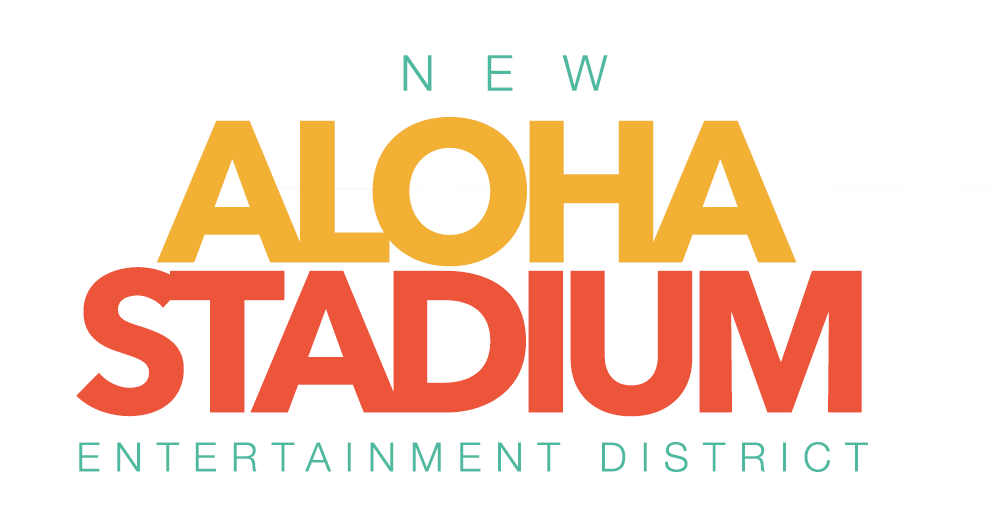Pacific Business News
By Brian McInnis
December 23, 2020
One feature of Aloha Stadium is expected to endure well into the future.
The decaying venue was effectively shut down last week, but “the current plan is to keep the Swap Meet and Marketplace in operation while the new Aloha Stadium is being constructed,” according to a drafted environmental impact statement released Wednesday.
The mixed-use New Aloha Stadium Entertainment District project is currently slated for completion in late 2023.
Aloha Stadium was built in 1975 and has been home to the University of Hawaii football team, various concerts and events — and the Swap Meet. Loss of revenue due to the Covid-19 pandemic was cited last week by the stadium board as the reason for a reduction of operations, including a moratorium on all future unscheduled events within the stadium itself.
The Swap Meet, however, was spared. It has maintained fairly robust support during the pandemic, according to State Sen. Glenn Wakai, who represents the Halawa district and is chair of the Senate’s Committee on Energy, Economic Development, and Tourism.
In normal circumstances, the Swap Meet features more than 400 vendors, according to the stadium’s website. It paused operations in March, but reopened in June with social distancing restrictions on Saturdays and Sundays. On Jan. 6, the meet is slated to reopen on Wednesdays as well.
“The Swap Meet is the Stadium’s number one tenant,” Wakai said in an email to PBN. “They bring in about $4 million of the Stadium’s $7 million annual budget. In addition to being a vital revenue source, the swap meet provides income for vendors and a diverse array of items for shoppers.”
In March of 2019, an alternative site analysis had listed accommodation of the Swap Meet as a potential hurdle in building a new stadium next to the old site in Halawa.
Wednesday’s drafted environmental impact statement included studies for these considerations: archaeological, cultural, flora and fauna, geotechnical, noise, engineering, hazardous materials, traffic and economic.
The report stated, “The DEIS does not identify any significant issues or concerns that would prevent the project from being delivered as envisioned.”
However, it also included: “While this discovery process did identify several issues or concerns for the project site, these are all expected to be addressable and managed through good project planning, administration and governance.”
Earlier this month, three development teams were announced to have made the state’s short list of groups to bid on the redevelopment. The state has set aside $350 million for the project.
The full environmental impact statement and master plan is to be prepared by Kansas City-based Crawford Architects, which has an office in Hawaii, at a cost of approximately $5 million.
The public has 45 days (until Feb. 8) to submit feedback about the project.
There are two virtual community meetings on Jan. 26 and 28 from 7 to 9 p.m., which are accepting sign-ups here and here.
“We are on the cusp of creating the most dynamic district in Hawaii,” Wakai said in the email. “I am relieved that the study found no toxic chemicals or cultural treasures under the site. The public hearings on the draft EIS are the last opportunities for residents to help shape the future of the stadium.”
The project is summed up here. People can email comments to NASED.EIS@wilsonokamoto.com.
READ FULL ARTICLE HERE.

